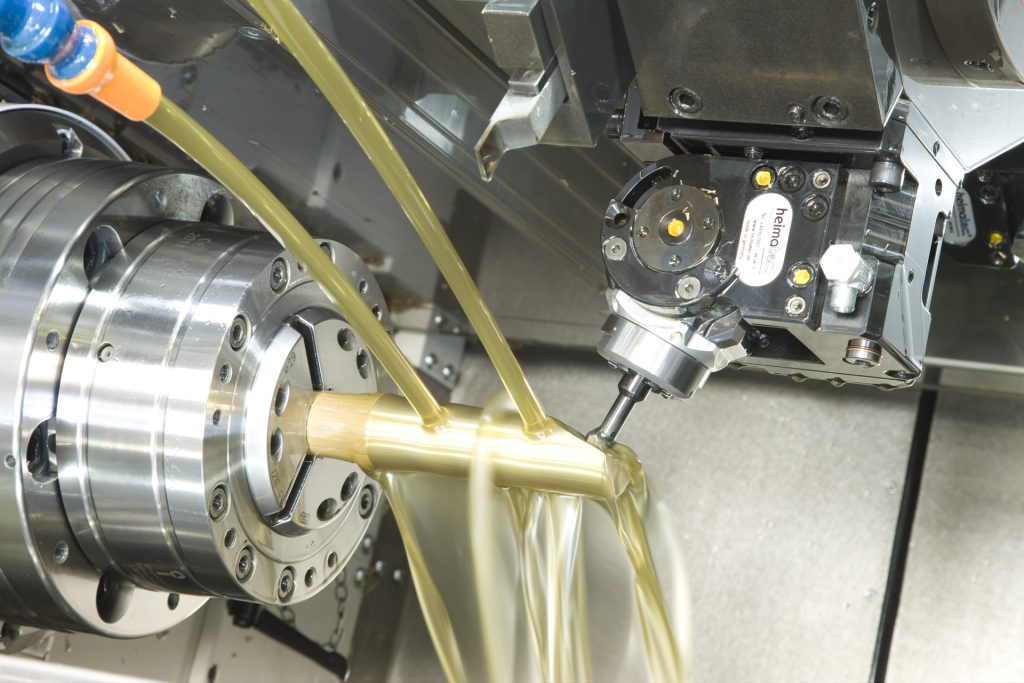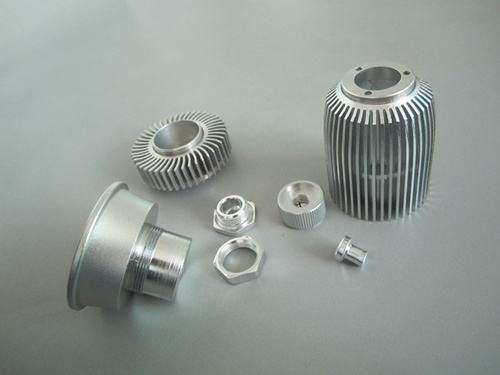Magnesium alloys are used in aerospace. Because magnesium alloy can greatly improve the aerodynamic performance of aircraft and reduce its structural weight, many parts are made of it.
General aviation magnesium alloy is mainly sheet and extruded profile, a small part is casting.
At present, the applications of magnesium alloy in aviation include civil motor parts, propellers, gear boxes, support structures of various civil and military aircraft, and some parts of rockets, missiles and satellites.

With the development of magnesium alloy production technology, the performance will be improved and the application range will be expanded.
Compared with ordinary aluminum alloy, aircraft aluminum alloy has higher requirements on strength, hardness, toughness, fatigue resistance and plasticity.
Because of its light weight and significant lightweight effect, aviation aluminum has replaced steel and occupied the dominant position of current aviation materials. Aviation equipment has high requirements for aluminum, which is an important high-end application market for aluminum.
Aerospace aluminum is mainly used in wing skin, wing girder, upper and lower edge strips of wing SPAR, web, fuselage stringer, seat slide, keel beam, side frame, fuselage skin, fuselage lower panel, main floor stringer and other parts.
The application of raw magnesium is mainly concentrated in magnesium alloy production, steel making and desulfurization, but also used in rare earth alloy, metal reduction, corrosion protection and other fields.
Many steel mills use magnesium desulfurization, the desulfurization effect of magnesium particles is better than calcium carbide, the use of magnesium sacrificial anode cathodic protection, is an effective method to prevent metal corrosion.
These characteristics make magnesium alloy applied in a wide range of fields, such as transportation, electronic industry, medical field, military industry, etc., and this trend is only increasing.













